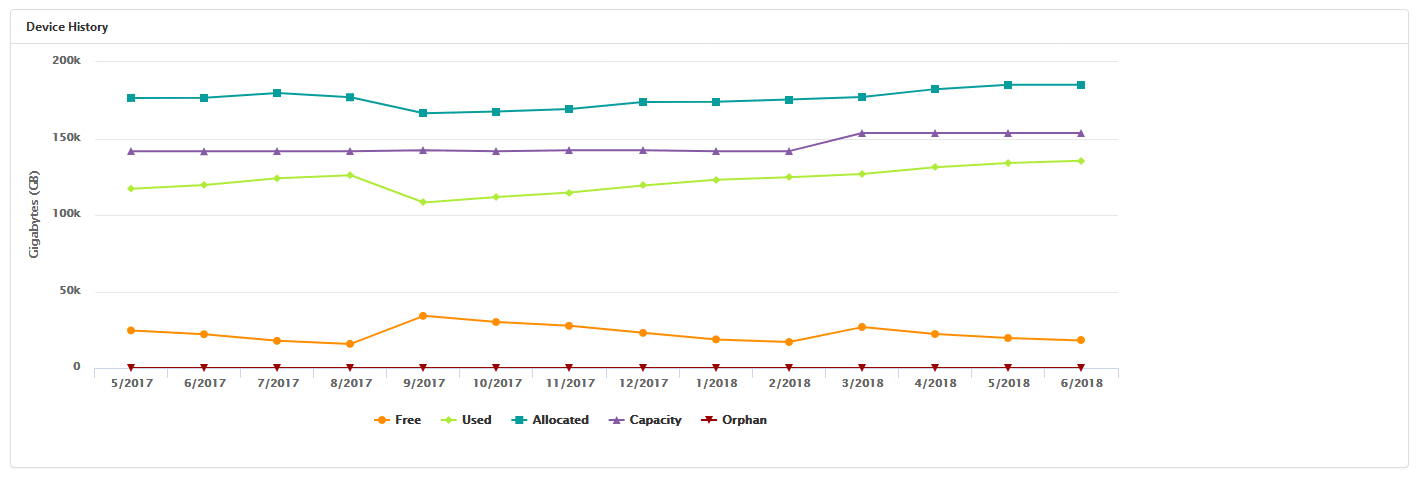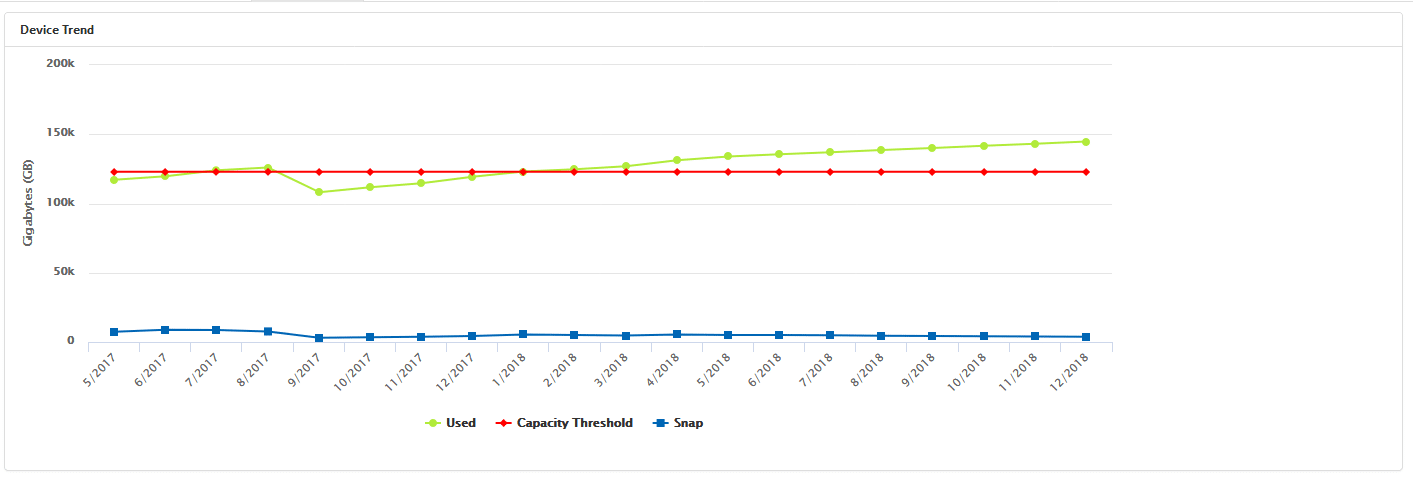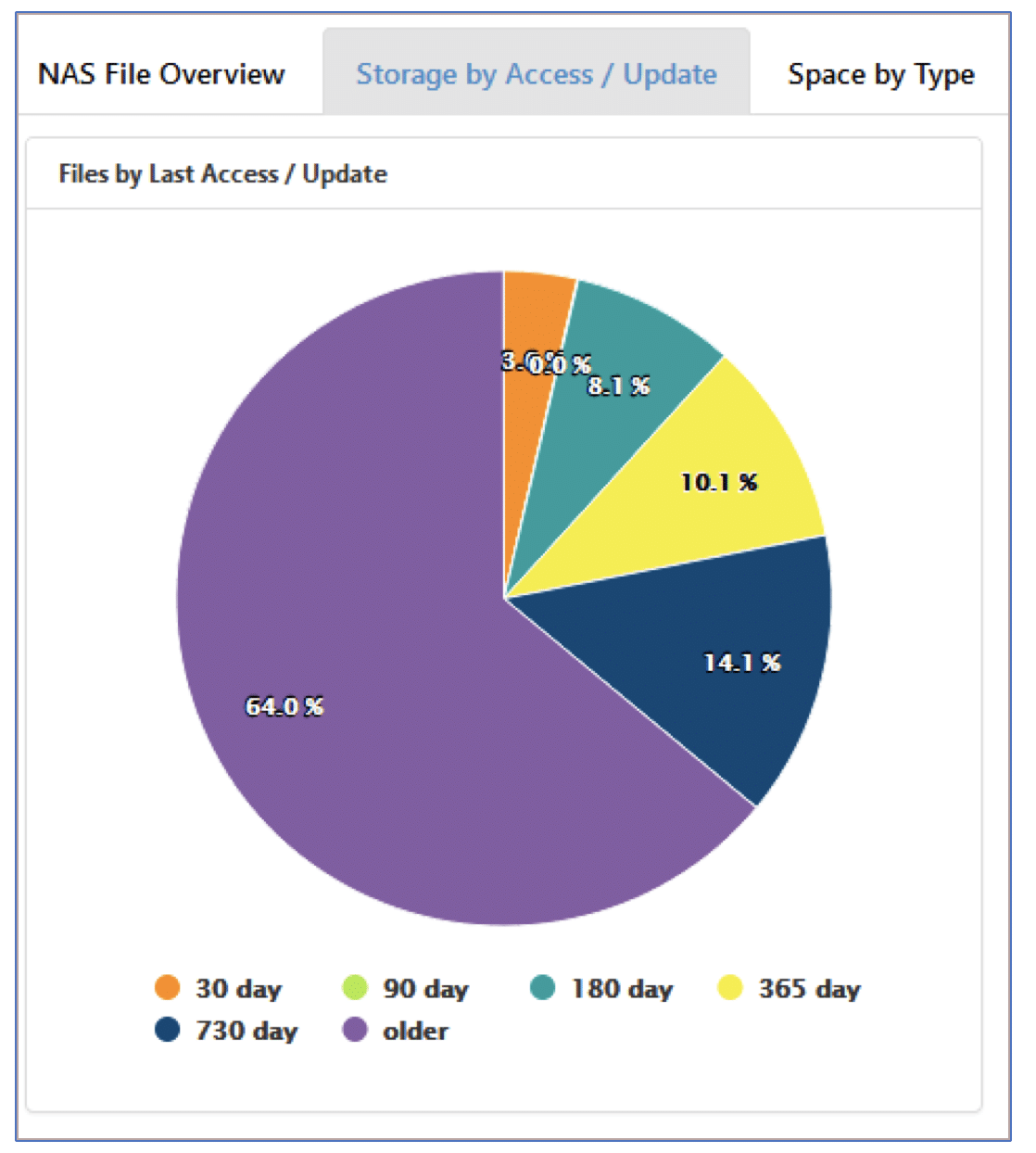What is unstructured data?
Unstructured data is defined as: information that either does not have a pre-defined data model or is not organized in a pre-defined manner. Unstructured information comes in many unrelated forms such as documents, text files, spreadsheets, presentation files, video files, audio files, and pictures to name some of the more common formats. The Computer World magazine states that unstructured information might account for more than 70%–80% of all data in organizations. Typically, this data is stored in individual files without an organizational application organizing and managing the relationships between these files.
Why is this Important?
Simple – most data growth (over 80% ) comes from unstructured data. In this digital age where cell phones and remote devices of all kinds are capturing and storing information for later analysis, the digital data explosion is exponential. So, managing this kind of data is critical.
The Main Challenges with Managing Unstructured Data
The three main challenges are:
- Growth
- Retrieval/Usage
- Cost Efficiency
Growth – Having a place to store this data and storing the data efficiently is critical. This means using data reduction technologies like compression and data deduplication to insure the information is stored using the minimum amount of space – and then being able to track and forecast storage growth for this type of information. Managing growth means tracking storage utilization and growth trends so you can plan for storage expansion based on these trends.
Retrieval/Usage – It is not only important to track storage usage trends, but also what data(files) are being used/accessed on a regular basis. Many organizations keep all their data on high performance storage and more than 90% of this information is never accessed – costing organizations millions of dollars in unnecessary IT spend. This unnecessary spend could be avoided If you just know which files are needed for rapid retrieval and which can be stored in very low cost archival storage.
Cost Efficiency – means storing the information in the most cost-effective manner to meet business application requirements while also meeting IT budget requirements.
You can efficiently manage unstructured data with Visual One Intelligence®®
Visual One Intelligence®® (Visual One) simplifies and enables the management process for unstructured data by providing a unified visual analysis and across multi-vendor storage environments. With an automated data collection process, Visual One offers actionable intelligence through consistent reporting on existing arrays from the Host/LUN to the Business Unit levels. The deep insight provided by Visual One Intelligence®® helps organizations save time, reduce costs and improve efficiency.
How Does Visual One Help you Manage Your Unstructured Data?
Visual One Intelligence® collects information from all your storage and organizes this information in a unified, simple series of reports to help you understand:
- What and How Storage is Currently Being Used
- Trends Over Time
- Forecasted Future Requirements
- Usage Patterns
Growth Trends
Tracking growth in an automated/unattended fashion is one of the key use cases for Visual One. Many organizations track their storage growth using manual spreadsheets maintained by someone in the IT department. This process is slow, error prone, and usually lacks the level of granularity required to make decisions in a rapidly growing environment. The chart to the right shows all the key growth trends over time, including overall capacity, allocation and used growth. This chart allows any person to see the trends for any of their pool or file shares over a period of time in order to predict when or if additional storage is needed.

Having this type of information without requiring any effort by IT personnel to collect data enables decision-making to be performed at any time. You are also able to predict when additional storage will be needed so you can proactively plan for these events.
File Usage Patterns
While unstructured data requires a lot of storage space, most of these files are accessed infrequently if at all. Knowing what data needs to be available for rapid retrieval vs archived for less historical purposes can save organizations millions of dollars. The trick is to know what data needs to go where. Visual One provides deep analytics specifically designed to provide this information so you know down to the file what should go where and, if it is currently storage on Tier 1 storage, what the potential costs savings would be for moving this information to cloud or other storage media to save cost.[/vc_column_text][vc_column_text]The graph to the right is from a 1.6 PB file share showing 64% of the data stored in this file share has not been access in over 3 years. The cost savings for migrating this data into a lower cost cloud storage solution would result in a savings of over a million dollars in a 3 year period.
Please visit www.visualstorageintelligence.com to learn more.
